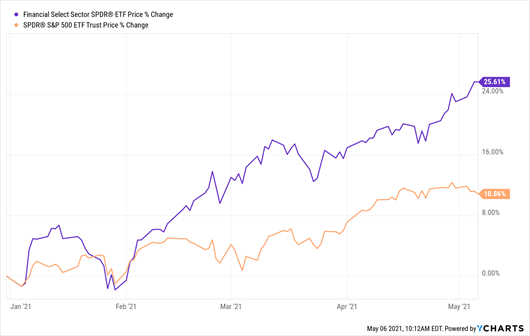Bond bargain alert! Three secure funds yielding 8% to 9% are for sale on the discount rack.
Thanks to a two-year run of rising interest rates, these bond-like investments are cheap. I don’t expect this to be the case for long, with rates ready to relax.
These hybrid vehicles are part-stock, part-bond. They prioritize yield over price gains, which is just fine for us income-focused investors.
These “preferred” stocks share some elements of common stocks (the normal shares of companies that most of us own). We buy preferreds on a stock exchange. They represent ownership in a company. And they can move higher and lower in price.… Read more



Recent Comments